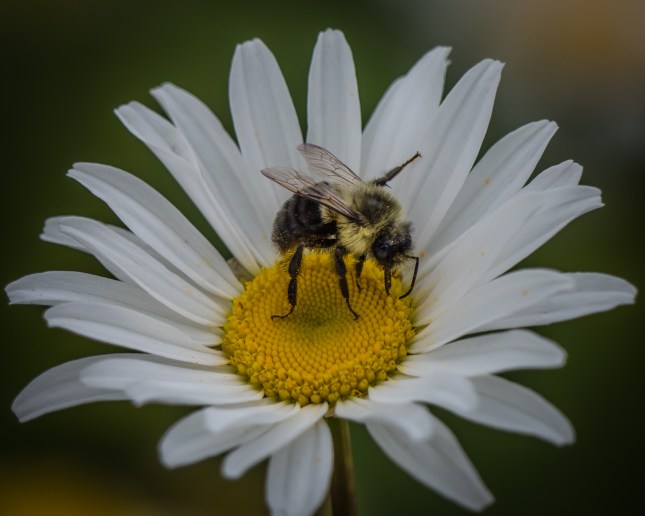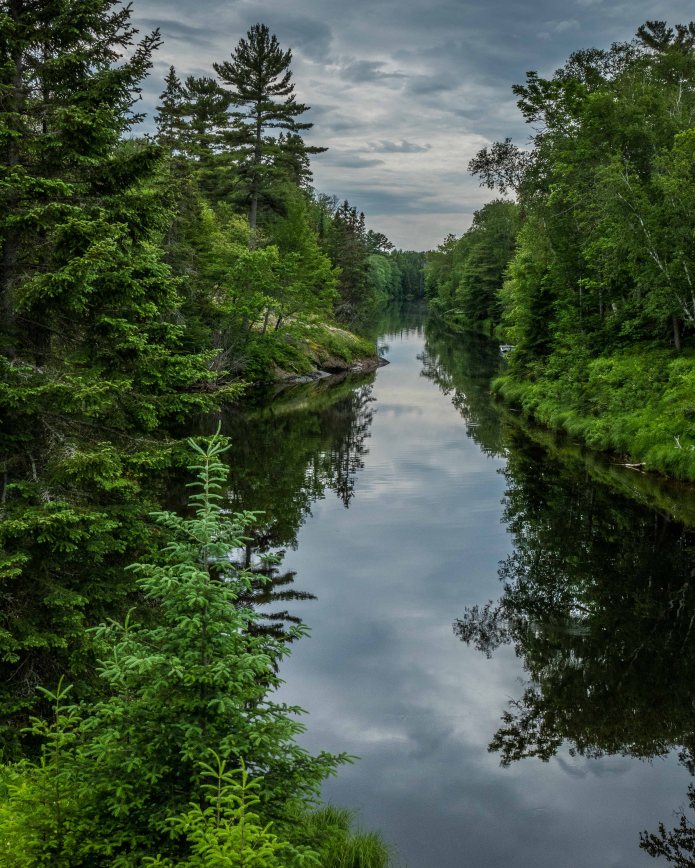We had a couple of breaks in the continual rain so we got out to see what we could see…
Bumblebee foraging for nectar on Ox Eye Daisy …

A crab spider (?) lying in wait on the top of a Cow Parsley blossom:

A Sweat Bee, I think, on an Ox Eye Daisy:

An unknown spider (Xysticus??) looks to be manhandling a carcass of a Goldenrod Crab Spider from its Ox Eye Daisy.
A critter in the last of the Canada Anemones …
One of the many Ontario Skippers (European?) on vetch …
First sighting of Linaria vulgaris (common toadflax, yellow toadflax, or butter-and-eggs) this year:
This looks like a Long Hoverfly…
Wild plum with Plum Pocket…
Remember those beautiful little flowers in April, about the same time as Red Maple? Yes! Corylus cornuta that will be ready to harvest in a month.
A pair of American Goldfinches. Dancing? Maybe!
“American Goldfinches breed later than most North American birds. They wait to nest until June or July when milkweed, thistle, and other plants have produced their fibrous seeds, which goldfinches incorporate into their nests and also feed their young.”
Watch me dive!!
Uh! Oh! Bombus ternarius, commonly known as the orange-belted bumblebee or tricoloured bumblebee, in fatal embrace of a Goldenrod Crab Spider.
Another Bombus nectaring at a Viper’s Bugloss blossom.
Hummingbird Clearwing Moth —- First time I’ve seen one on a Viper’s Bugloss.
Bumblebee really gets into the Blueweed.
Hummingbird Clearwing is uncoiling its proboscis in preparation for nectaring …
Whenever we get a bit of sunshine the pollinators get busy doing their thing. The very small insects, including hoverflies and skippers don’t seem to be deterred by rain.
Finally we must have one of Diana’s beauties, just in time for Canada Day:
See the visitor?
Speaking of visitors, have a look at these beauties.









































































































































































